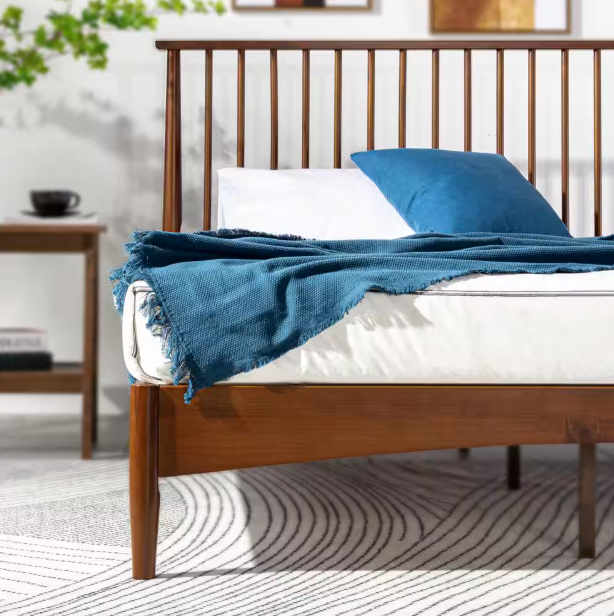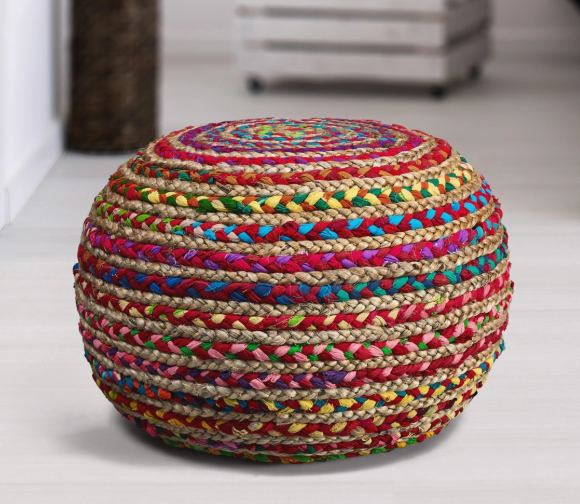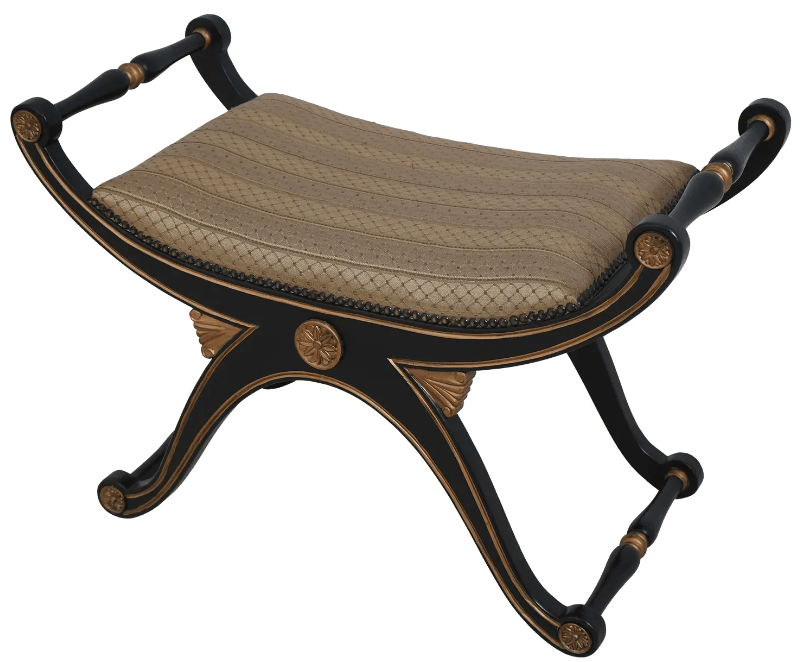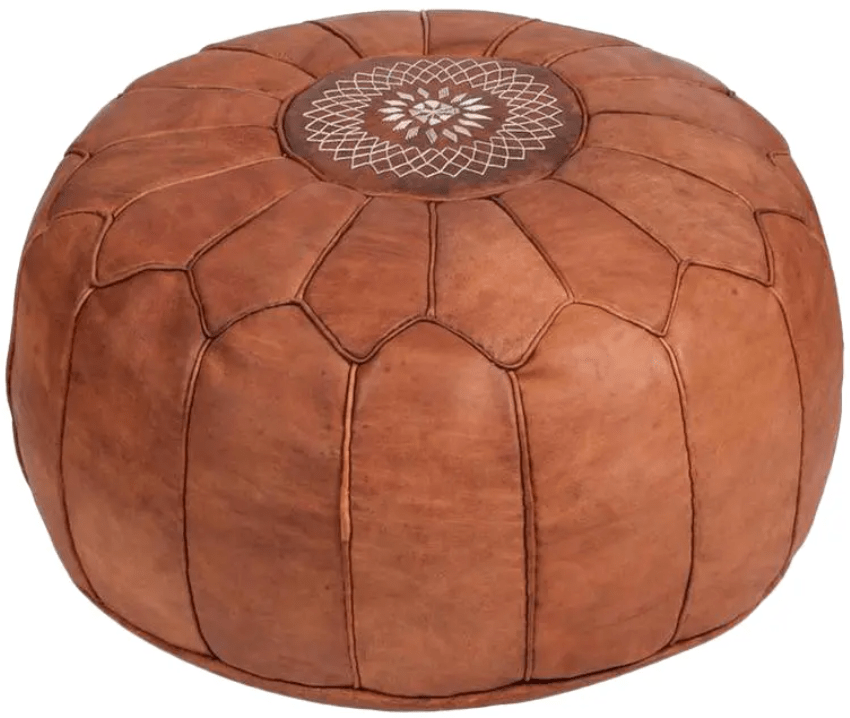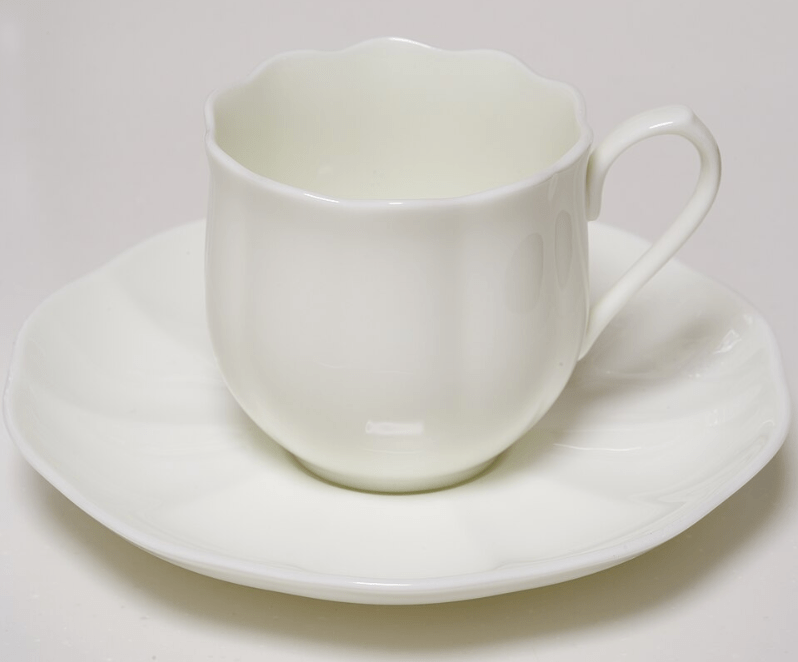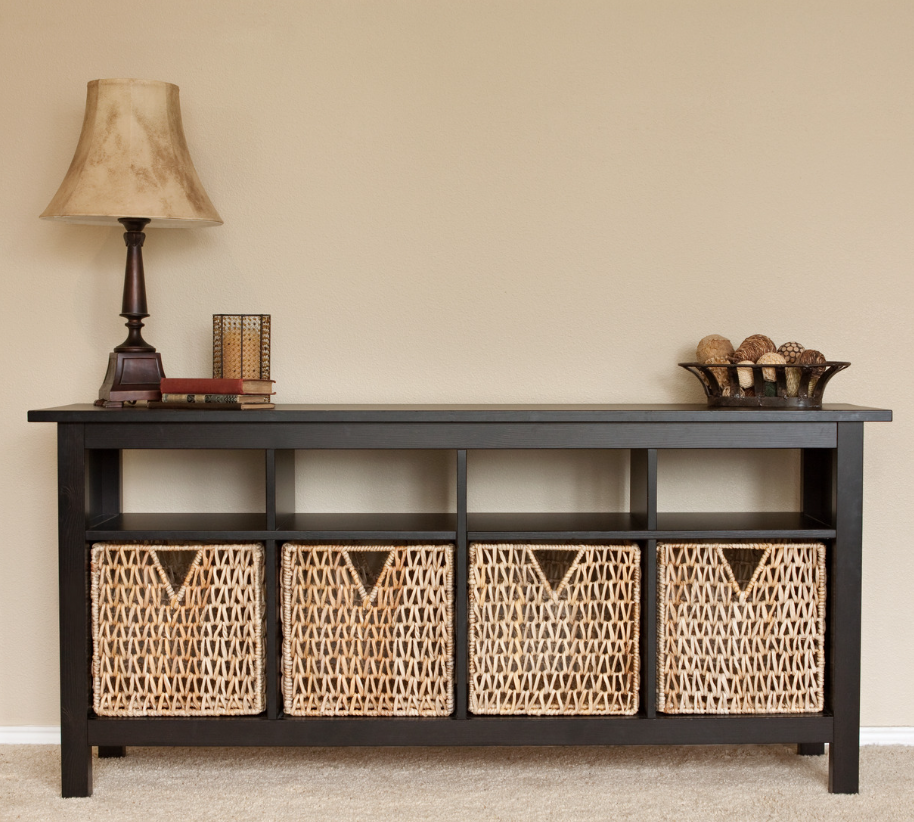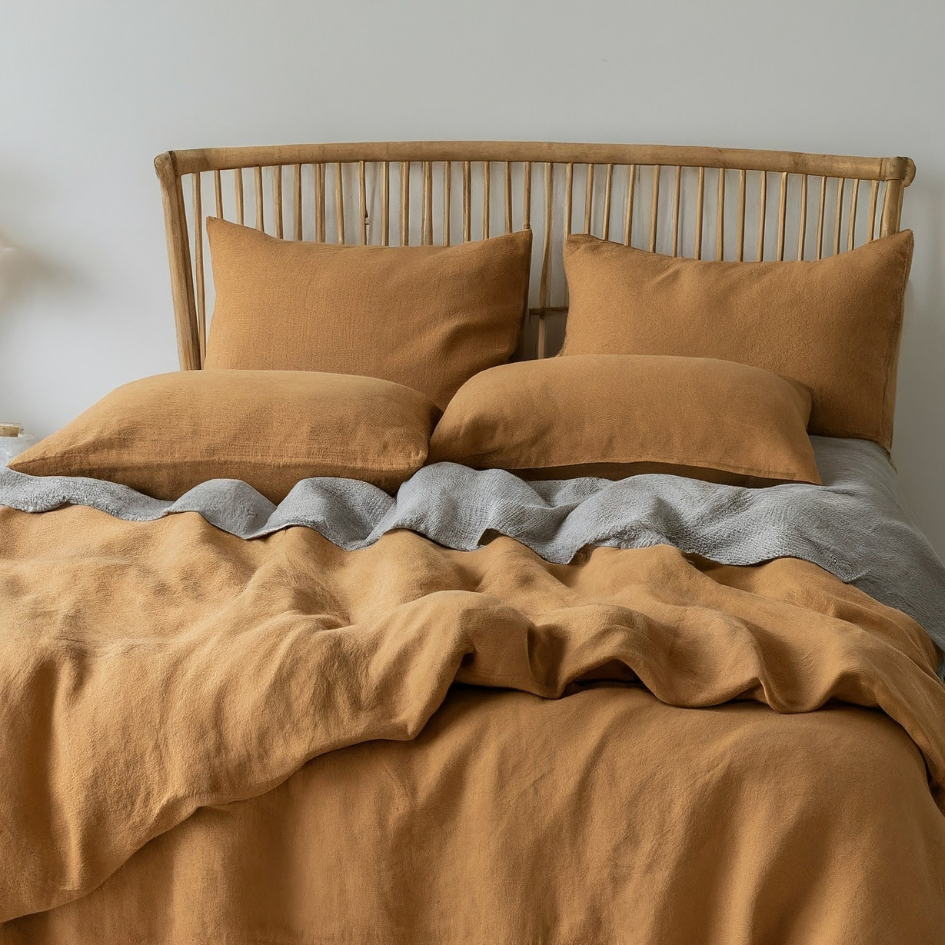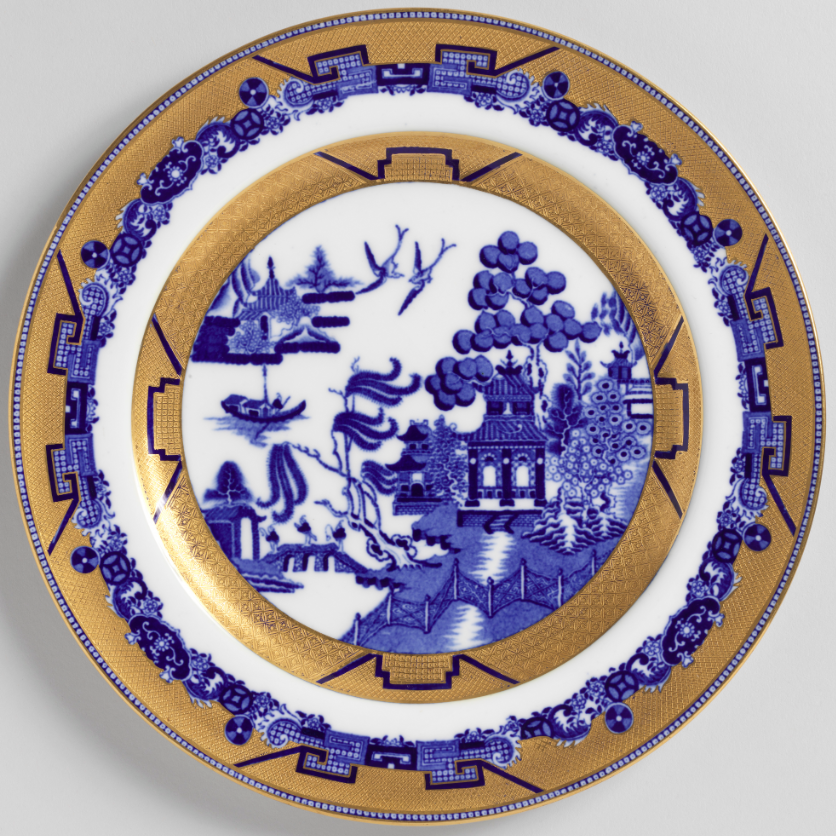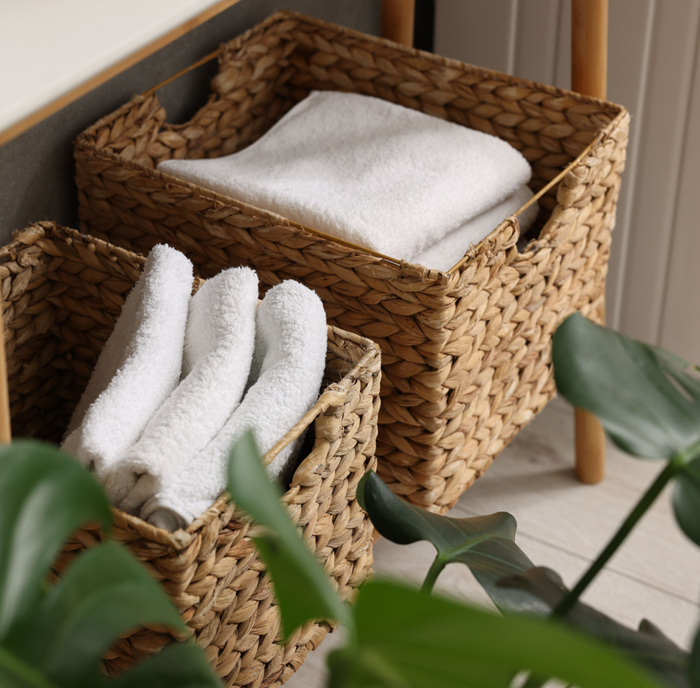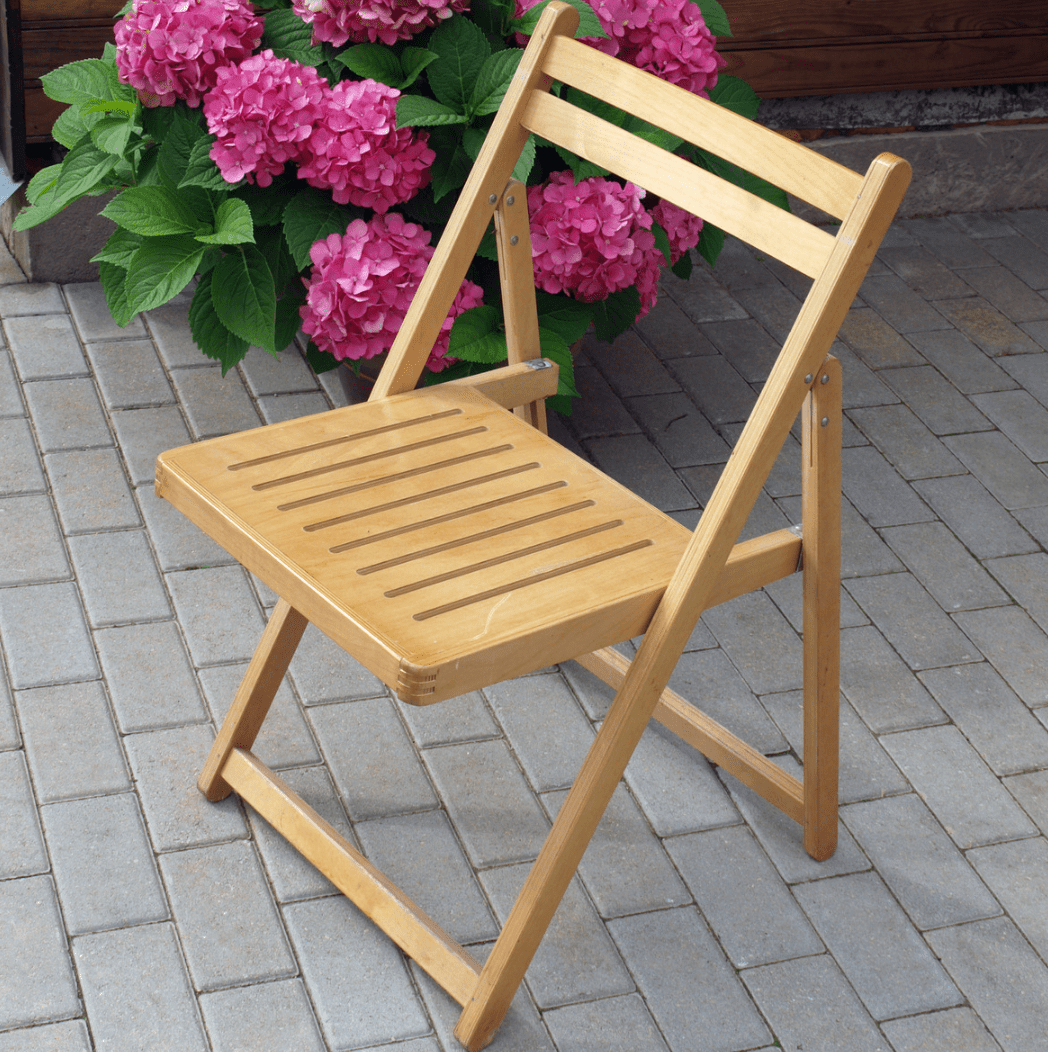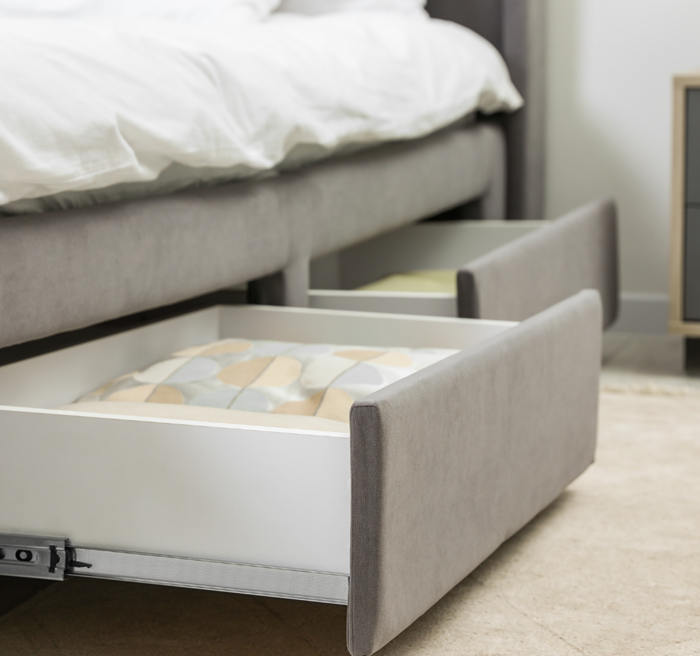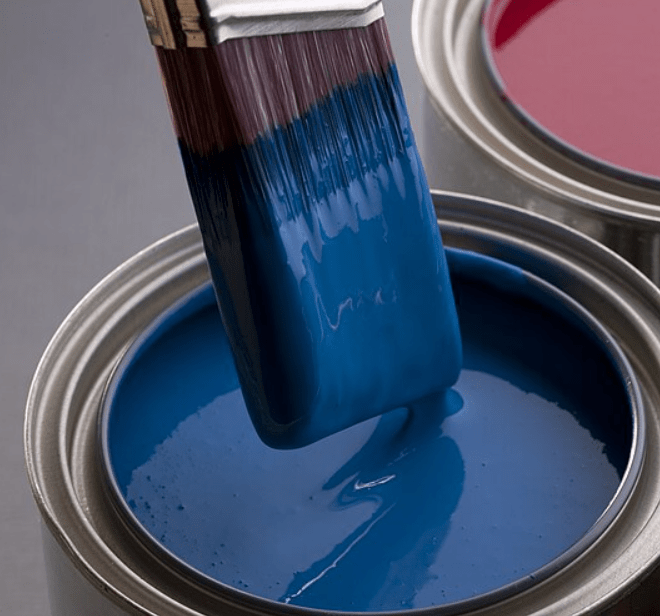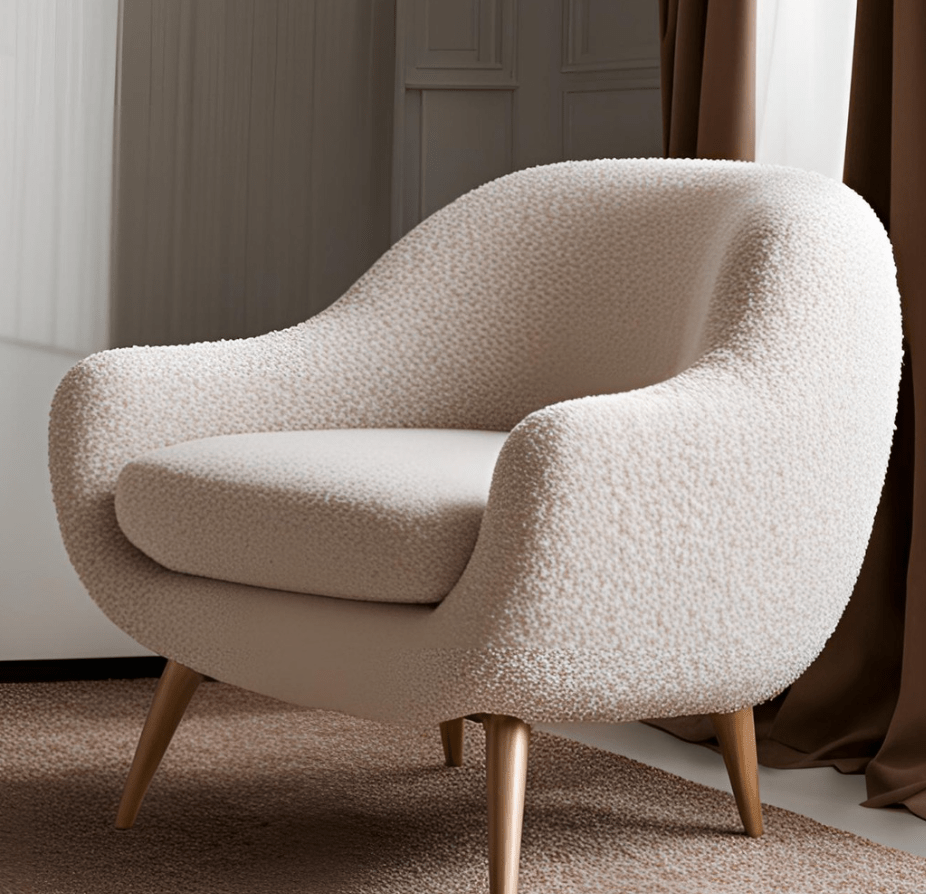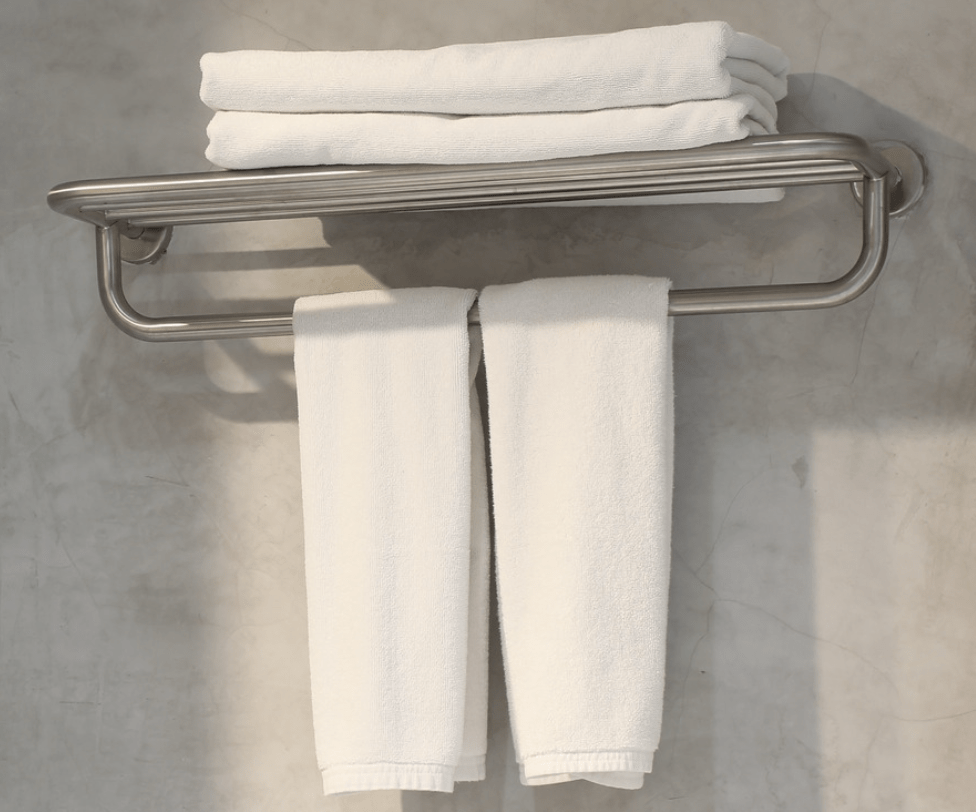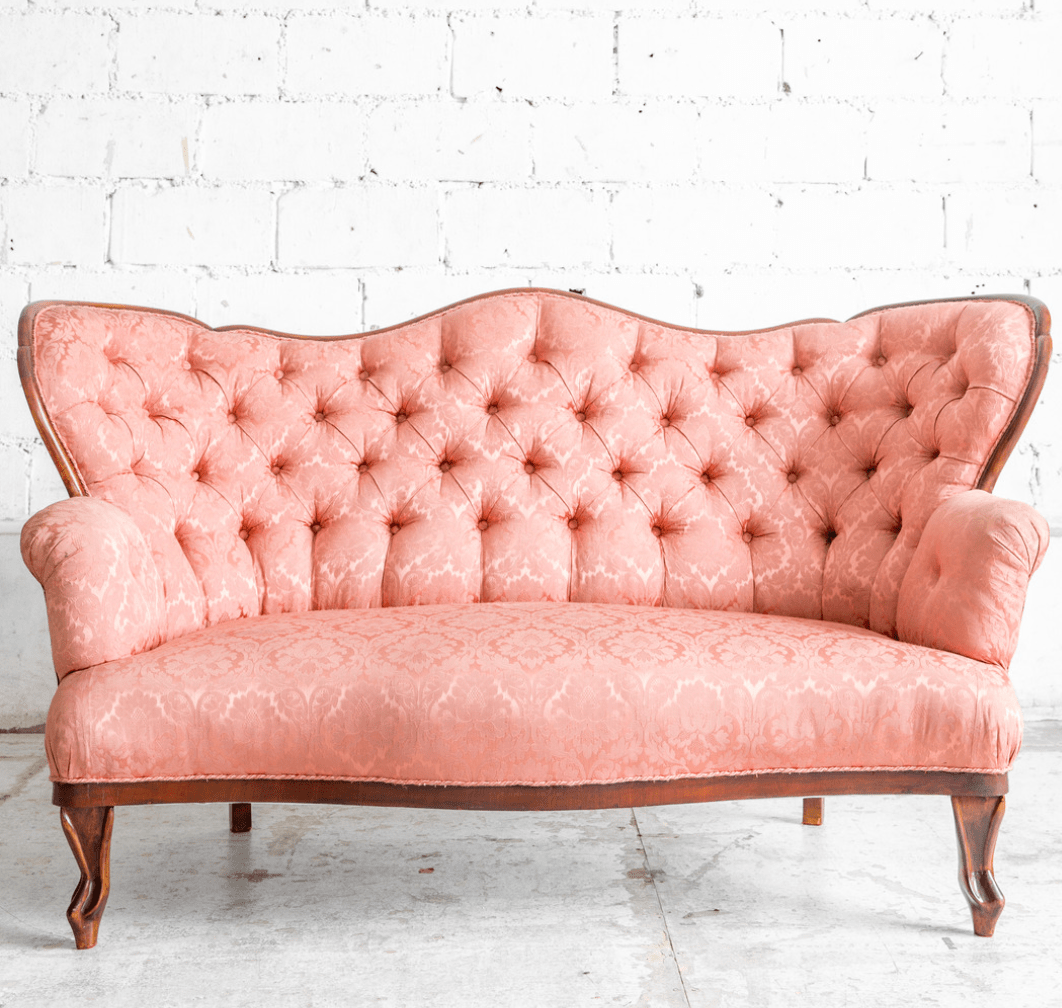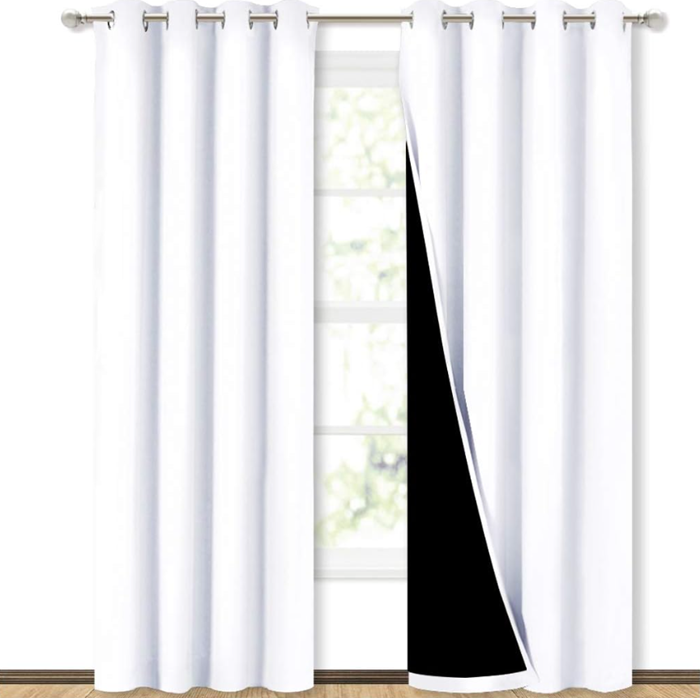
Linen has always been cherished for its natural and timeless beauty. Its ability to keep us cool in the summer and warm in the winter makes it an excellent option for bedding, and home decor. Yet, as with any fabric, linen shrinks if not cared for properly. In this article, we will look at the reasons behind linen shrinkage, offer important advice to prevent it and provide care and maintenance tips to extend the life of your linen items.
Understanding Linen Shrinkage
Linen fibers naturally tend to contract when exposed to heat and moisture. This contraction is what causes shrinkage. Understanding this basic science behind linen shrinkage will help you take the necessary precautions to prevent your linen from shrinking.
The Science Behind Linen Shrinkage
When linen combines with water, its fibers absorb the moisture. This absorption causes the fibers to swell, leading to an increase in their size. However, when linen is dried, either in the sun or using a dryer, the moisture evaporates, and the fibers begin to contract. This contraction causes the fabric to shrink. The amount of shrinkage depends on several things, including the quality of the linen and the drying method used.
Linen from the flax plant, for example, has been used for thousands of years due to its remarkable properties. The long and strong fibers make linen one of the most durable fabrics available. Linen is also highly absorbent, so it’s often used for towels and bed sheets. Linen’s capacity to retain moisture while feeling dry makes it a favored choice for hot and humid environments.
Common Mistakes That Cause Linen to Shrink
Overexposure to heat is one of the major culprits. Washing your linen in hot water or putting it in a high-temperature dryer can cause significant shrinkage. Another mistake to avoid is using harsh laundry products that contain bleach or enzymes. These can weaken the linen fibers, making them more prone to shrinkage. Lastly, improper handling and ironing can also contribute to shrinkage. Always follow the manufacturer’s care instructions to avoid any mishaps.
It’s worth noting that linen is a fabric that improves with age. With each wash, the fibers become softer and more comfortable. However, proper care is vital to retaining the size and shape of your linen items. Understanding the science behind linen shrinkage and avoiding common mistakes ensures that your linens stay pristine for years.
Tips to Safeguard Your Linen Against Shrinking
Linen, known for its luxurious feel and timeless appeal, requires special care to maintain its quality over time. Understanding how to properly care for your linen pieces can significantly affect their longevity and overall appearance.
Proper Washing and Drying Techniques for Linen
Opt for a gentle cycle in cold or lukewarm water when washing linen. Avoid using hot water, which can cause linens to shrink. Also, wash your linen separately from other fabrics to prevent any potential color bleeding. After washing, air drying is the best option. If you’d rather use your tumble dryer, choose a low-temperature setting and remove the linen while it’s still slightly damp. This is important. This allows for natural fiber expansion and minimizes the chances of shrinkage.
Furthermore, consider turning your linen items, like pillowcases, inside out before washing to protect the outer surface and maintain the fabric’s sheen. By taking this extra step, you can make sure your linen pieces retain their original beauty and texture wash after wash.
Choosing the Right Laundry Products for Linen Care
Investing in mild and non-abrasive laundry products is essential for linen care. Look for detergents specifically formulated for delicate fabrics, preferably those free of harsh chemicals.
Fabric softeners can also be used sparingly to maintain the softness and integrity of your linen. Avoid bleach and enzyme-based products since they can weaken the fibers and increase the risk of shrinkage.
In addition to selecting the right laundry products, consider incorporating natural remedies like white vinegar or baking soda into your washing routine. These gentle alternatives can help soften your linen, remove odors, and preserve the fabric’s natural properties without causing any damage.
Extending the Lifespan of Your Linen: Care and Maintenance Tips
Linen is made to last, and with reasonable care, you can enjoy its beauty and utility for many years.
Storing Linen Properly to Prevent Damage
When storing your linen bedding, make sure it is clean and completely dry. Avoid plastic bags or containers, which can trap moisture and lead to mildew growth. Instead, use breathable fabric storage bags or wrap your linen in acid-free tissue paper. Store your linen bedding in a cool, dry place away from direct sunlight to prevent colors from fading.

Breathable Canvas Soft Storage Bags with Handles & 3-side Zip, Good for Cotton Clothes Bedding Organizer Bins, Beige, 3pcs – amazon.com
How to Repair Minor Damage on Linen
If your linen has minor damage, such as small holes or loose threads, it can be easily repaired. With a needle and thread that closely matches the color of your linen, carefully stitch up any holes or reinforce loose seams. For more significant repairs, seek the expertise of a skilled tailor or seamstress who works with delicate fabrics like linen.
Investing in Quality Linen Sheets
Now that we’ve covered the essentials of linen care and maintenance let’s focus on selecting high-quality linen sheets. Investing in quality linen is not only a wise decision for your comfort but also for the longevity of your bedding.
Factors to Consider When Purchasing Linen Sheets
Consider the thread count, weave, and fabric quality when buying linen sheets. Look for linen sheets with a higher thread count, as they are more durable and offer superior comfort. Look for tightly woven linen to ensure its longevity and resistance to shrinkage. Additionally, check for certifications or labels indicating that the linen is ethically sourced and produced.
Top Brands Known for Durable Linen Products
If you need help figuring out where to start your search for quality linen products, consider buying from reputable brands known for their commitment to excellence. Some top brands like Pottery Barn, Crate & Barrel, and Serena & Lily carry durable and luxurious linen products. These brands source their linen from the finest flax plants and employ skilled artisans to craft their products, ensuring the highest quality and durability.
Making Your Linen Items Last
You now have a solid understanding of how to prevent linen shrinkage and maintain the longevity of your cherished linen pieces. Following the tips and approaches outlined above, ensure you enjoy linen’s breathability, durability, and inherent beauty. Remember, proper care and attention are the keys to preserving linen’s timelessness, ensuring it remains a source of joy for you and your family.
FAQs
Why does linen shrink when washed?
- Linen shrinks due to the contraction of its fibers when exposed to heat and moisture. Washing in hot water or drying at high temperatures causes the fibers to contract, leading to shrinkage.
What is the best way to wash linen to prevent shrinkage?
- Wash linen on a gentle cycle using cold or lukewarm water. Avoid hot water, and use mild, non-abrasive detergents specifically designed for delicate fabrics.
Can I put linen in the dryer?
- Yes, but it’s best to use a low-temperature setting and remove the linen while it’s still slightly damp. Air drying is preferable to minimize shrinkage and preserve the fabric’s integrity.
How can I store linen to prevent damage?
- Store linen in a cool, dry place away from direct sunlight. Use breathable fabric storage bags or wrap linen in acid-free tissue paper to avoid trapping moisture, which can cause mildew.
What should I do if my linen has shrunk?
- If your linen has shrunk, you can try gently stretching it while it’s still damp. For minor shrinkage, ironing with steam can help relax the fibers and regain some of the lost length.
Bert Solivan
Bert is a passionate interior design enthusiast and home decor blogger, known for curating spaces that blend timeless elegance with personal style. With an eye for detail and a love for mixing classic and contemporary elements, Bert shares expert tips, inspiration, and product finds through his blog, helping readers create beautiful, livable homes that tell their unique stories.






















